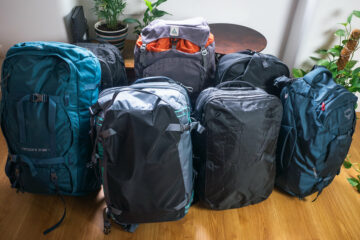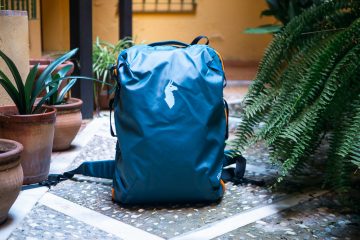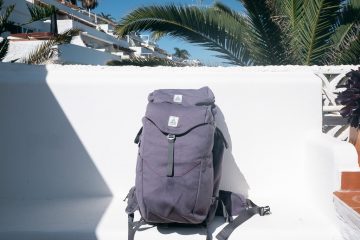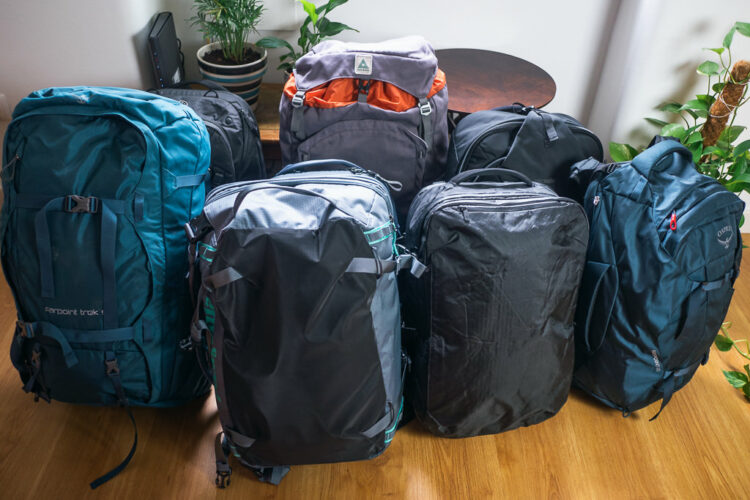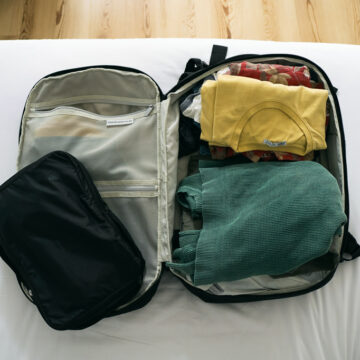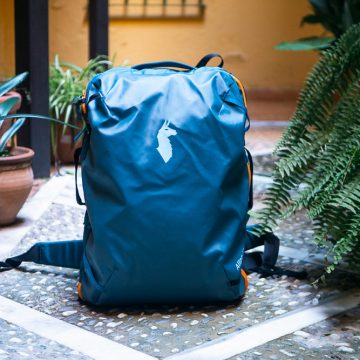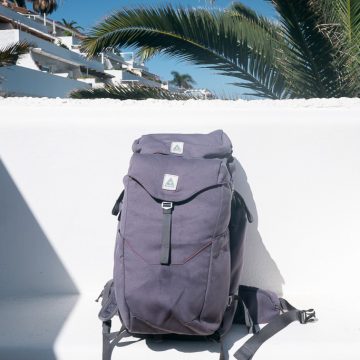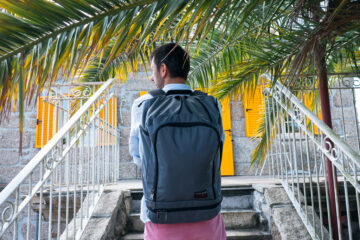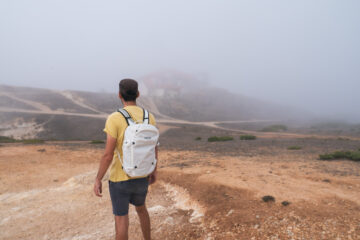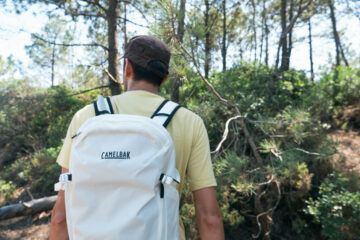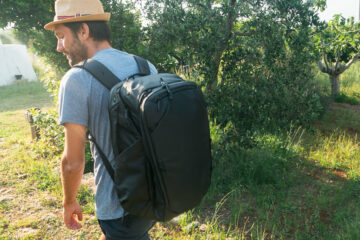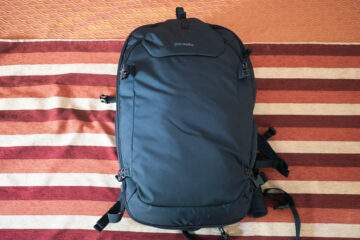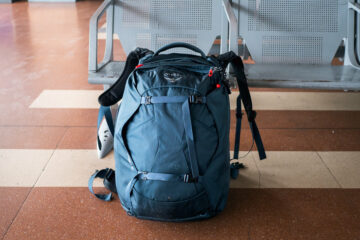Top Gear Reviews
12 Of The Best Travel Backpacks (2024 Buyer’s Guide)
I've travelled with dozens of backpacks. Here are my top picks depending on your travel style...
Tortuga Travel Backpack Lite Review
This globe-trotting backpack combines comfort and style in a lightweight design
Best Carry-On Travel Backpacks For 2024
After reviewing over 50 products, these are my recommended carry-on backpacks for different styles of travel
Tom Binh Techonaut 45 Review
Thanks to a restrained design, this lightweight yet highly durable pack is a one-bag favorite.
Camelbak ATP 20 Review
Ideal for the trail or an adventurous trip, this laptop-compatible daypack also serves well for everyday carry
8 Of The Best Everyday Backpacks & Daypacks
These everyday backpacks will easily get you through the day — or fit enough for a short trip
Peak Design Travel Backpack Review 45L (After 4 Years)
Is this brilliantly designed pack worthy of all the buzz? Here's my updated long-term review
Pacsafe Venturesafe EXP45 Review
It has some of the best security features, but what about the rest of this backpack's design?
Osprey Farpoint 40 Review (After Long Use) · 2023 Edition
This perennially popular pack is honestly one of the easiest backpacks to recommend
